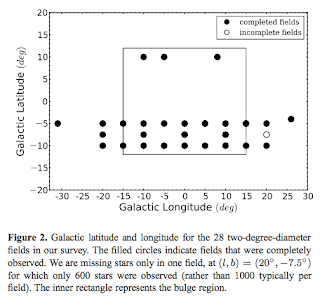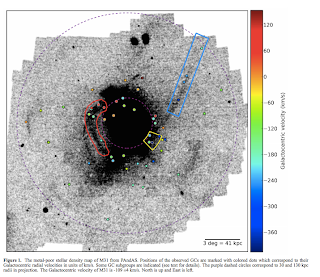Bad Physics: ``Ballistic'' does not mean Evil!
A very quick rant about some bad physics that has been annoying me. The tension between North Korea and the rest of the world is not a laughing matter, but has been all over the news recently. But when reporting, we often hear the that North Koreans are on the verge of producing a missile capable of carrying a nuclear warhead. But not only a missile! A ballistic missile . Maybe I am reading too much into it, but when a reporter says ballistic, it's often said as if it is synonymous with evil! I'm sure that it's because we like to say something is "going ballistic" when something crazy happens. But all ballistic means is that the missile is unpowered (after launch) and is moving only under the power of gravity. That's it. There are powered missiles. Modern anti-tank missiles are usually powered and guided onto target. Here's one - Here is a ballistic missile. See - not so scary!


